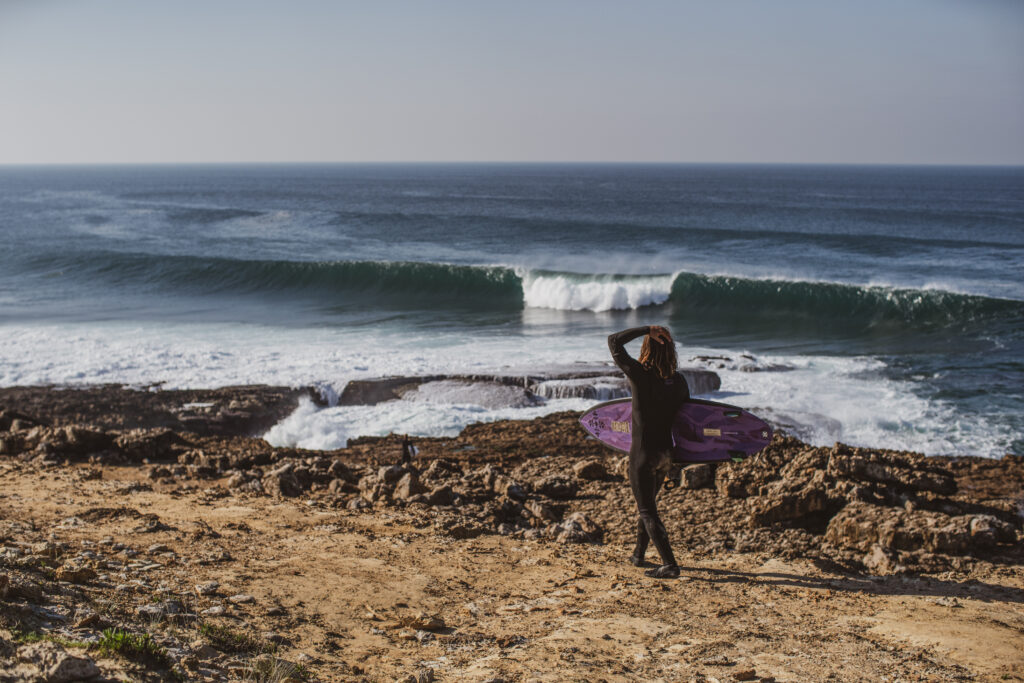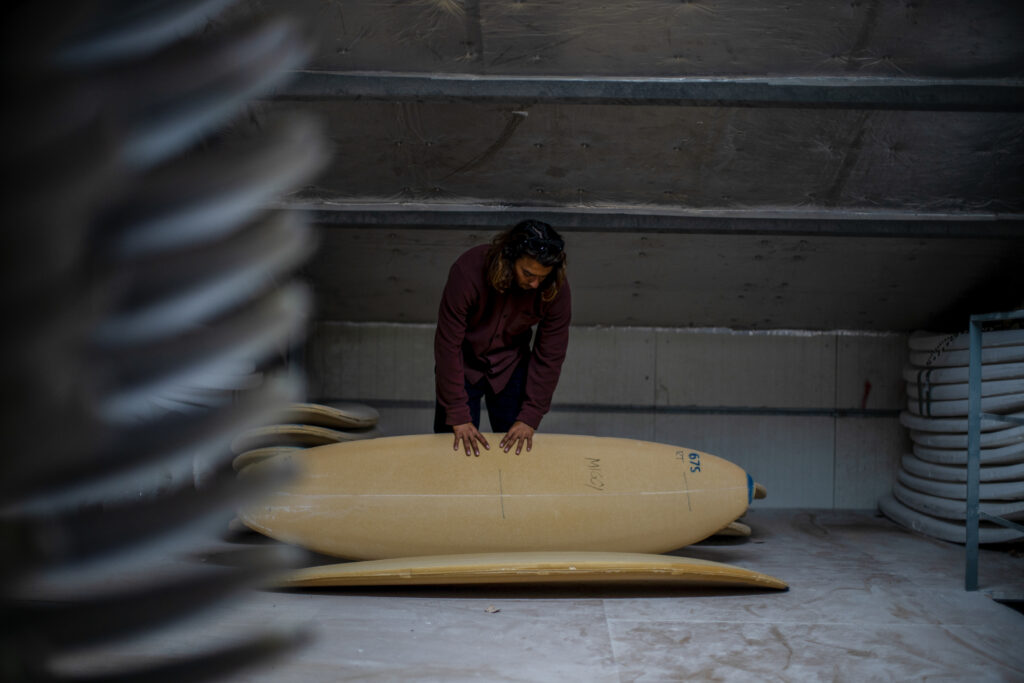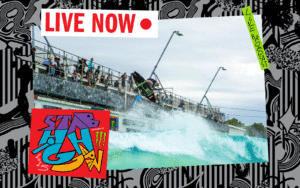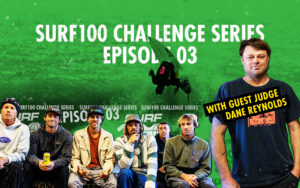How Far Are We From Mass-Adopting Sustainable Surfboards?
Maybe it’s time to reconsider some equipment choices.
It’s heartwarming when a professional surfer takes an overt stance on saving the planet.
While skeptics often find these moves insincere, pointing them out as merely an alternate route to keep their gasping heads above water in this economy, it’s largely up to professional surfers with an audience to inspire positive change regarding what consumers might eventually be influenced by.
Take the now ubiquitous (in the tropics) hooded rashguards. Would they have been so readily embraced had they not been worn time and time again by the Florence clan?
Yet, there’s still widespread reluctance to unclench those PU/PE objects of affection, in part due to the phenomenon of pedestrian surfers believing they should be riding the same equipment that select athletes of the sport are on.

In 2019, Mick Fanning unveiled an all-black quiver of high-performance thrusters for his contribution to Stab in the Dark. These were all Sustainable Surf certified ecoboards, built with qualifying cores and resins only. While their certification system only represents companies that are willing to pay for the badge, it aims to bring some much-needed transparency to the industry.
Five years later, the ever-intriguing, nonconformist Dave Rastovich set his own parameters for his participation in Stab’s Electric Acid Surfboard Test. All boards were required to be made using flax cloth — a material he’s gravitated toward for years, thanks to his longstanding collaboration with Gary McNeil — instead of the customary fiberglass cloth.

Although based oceans and continents apart, it’s easy to draw a parallel between Dave Rastovich and Miguel Blanco, especially when it comes to their desire to surf, no matter the conditions. Miguel lives a stone’s throw from Europe’s finest reefs, slabs, and points, and he’s often seen darting out of his house in his wetsuit, under howling onshores and punishing rain for nothing but a wiggle. Needless to say, he won’t miss a single long-period North Atlantic swell, especially when blessed by crisp easterly offshores.
A few years ago, Miguel initiated a collaboration with Basque-based company Polyola, simply because he believed in their potential to spark a revolution in the industry. Polyola’s main struggle, however, was its geographical limitations. The company could supply European shapers with their recycled PU blanks and bio-based PE resin, but how environmentally sound would it really be to ship these materials across the planet?

Now, Polyola has teamed up with Arctic Foam, which will be producing their blanks in North America under a co-branded label, making the materials more accessible to manufacturers, and ultimately, to consumers — on a larger scale.
In the first episode of Impact, Miguel picks up a few certified freshies from Polen Surfboards and puts them through a wide range of conditions. In an upcoming episode, we’ll learn more about Miguel’s collaboration with Polyola to create a custom blank for big wave guns — and see how they perform in the XXL realm.













Comments
Comments are a Stab Premium feature. Gotta join to talk shop.
Already a member? Sign In
Want to join? Sign Up